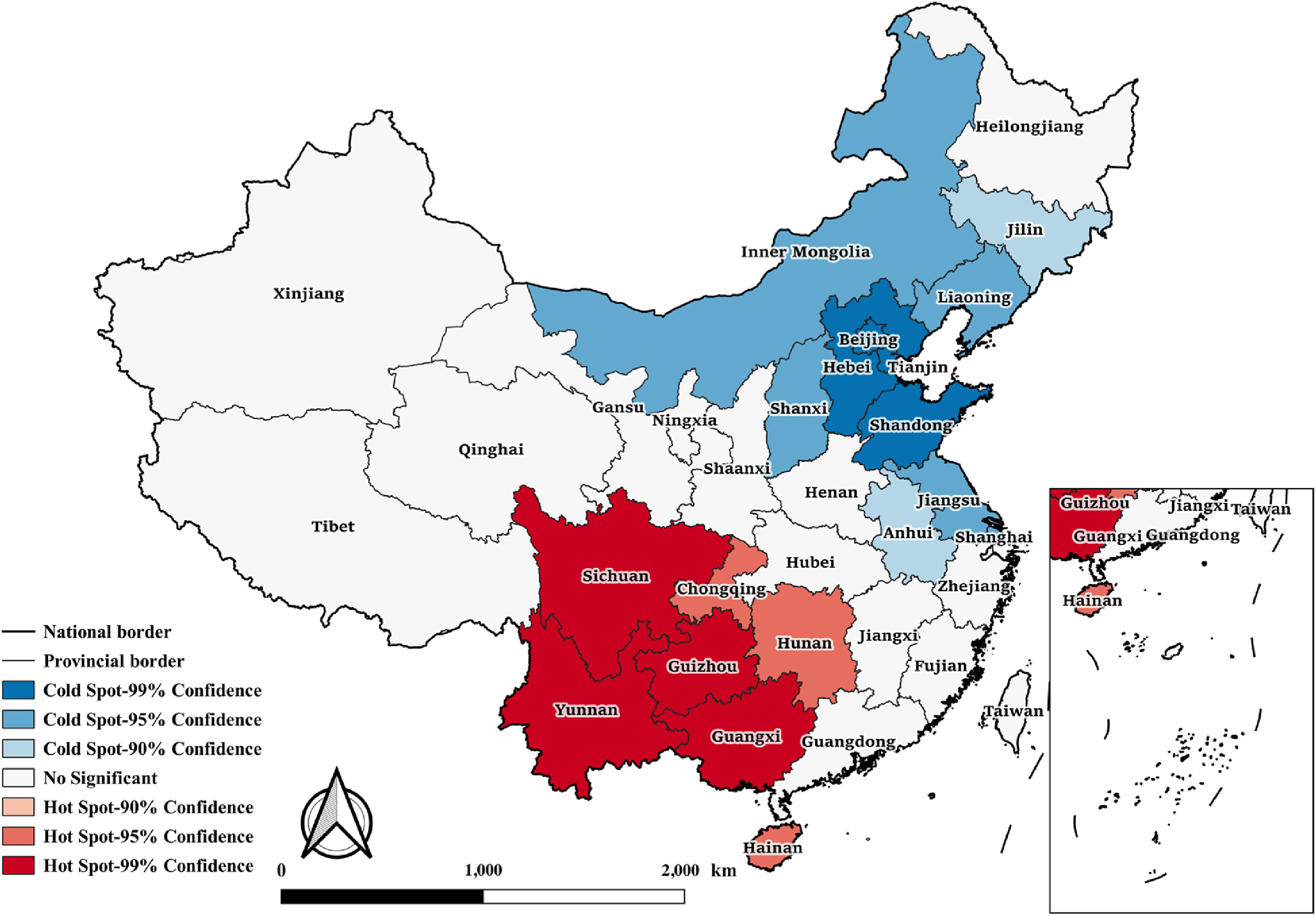Title: Uncovering spatiotemporal development patterns of AIDS in China: A study using panel data with Joinpoint Regression analysis and Spatial Clustering

Abstract
The HIV/AIDS epidemic in China is severe and complex. Comprehensive spatiotemporal analysis provides valuable insights for intervention policy formulation. Previous studies often overlooked local changes in time trends and regional disease development patterns. In this study, we propose a new spatiotemporal analysis method based on the Joinpoint Regression (JPR) model and K-means clustering to refine the division of stages in China's AIDS epidemic and differentiate geographical areas based on development patterns. We then use hotspot analysis to describe the current status of AIDS, presenting a comprehensive view of the epidemic in China from 2004 to 2018. JPR results show China's AIDS incidence generally increased during 2004–2018 (AAPC = 23.2), with a significant turning point in 2012. Time series feature clustering classifies the country into three regions: Southwest, Central and Eastern, and the other region. Each region corresponds to different epidemic causes and transmission pathways, informing targeted interventions. Hotspot analysis reveals the Southwest region as the most severely affected area, requiring intensified prevention and control efforts. This study offers a novel from both time and space dimensions for understanding and combating the AIDS epidemic, furnishing valuable references for policymakers in the further development of strategies.
Keywords
JPR analysis;
AIDS prevalence rate;
Clustering;
Spatiotemporal feature extraction;
Hotspot analysis
Full Text Download
Q.E.D.









